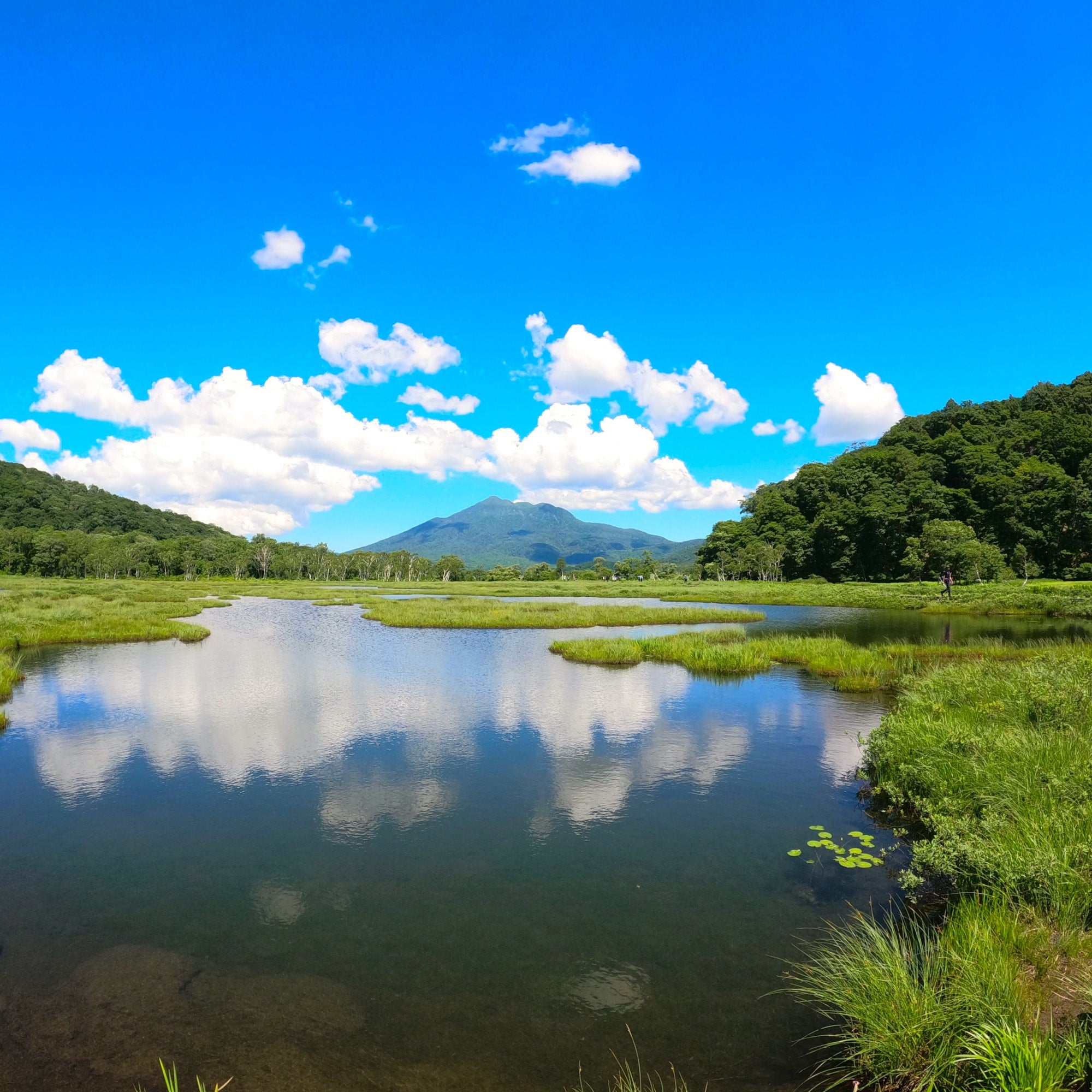To enjoy mountain climbing, it is very important to choose the right backpack. The size and functionality of the backpack vary depending on the destination and the activities involved. This time, we will provide a detailed introduction on how to choose a backpack based on the purpose of climbing and the destination, along with recommended points.
Backpack size guide

1. Day hikes (15L to 25L)
Recommended size
Backpacks ranging from 15L to 25L are ideal for day hikes and light trekking. They have enough capacity to carry the bare minimum gear and are lightweight and compact, making them easy to use even for beginners.
Examples of necessary equipment
- Drinking water
- Snacks and lunches
- rain gear
- First Aid Kit
- Smartphones and GPS devices
- Light cold weather gear
Recommended points
Small backpacks are characterized by being lightweight and fitting comfortably to the body, making them less tiring for long walks. Additionally, choosing a type with many storage pockets makes it easier to organize your belongings.
2. Mountain climbing for about 1 night and 2 days (25L to 35L)
Recommended size
A 1-night, 2-day mountain climbing trip is suitable for a backpack between 25L and 35L. This size has enough capacity to store the equipment needed for the stay and additional food.
Examples of necessary equipment
- Full set of equipment for day hikes
- Additional food
- Lightweight tents and sleeping bags for overnight stays
- Spare clothing
- Cooking equipment (burners, cookers, etc.)
Recommended points
A medium-sized backpack will be heavier due to its larger capacity. Therefore, choosing a model that is easy to adjust for carrying and belts will provide comfort. Additionally, types with external frames and good breathability on the back will reduce moisture buildup even during prolonged use.
3. Long-term mountain climbing or trekking (over 35L)
Recommended size
For long-term mountain climbing and trekking, a backpack of at least 35L is necessary. These backpacks are characterized by their large capacity design for carrying multi-day gear, food, and camping equipment.
Examples of necessary equipment
- 2-day, 1-night mountaineering equipment set
- Multi-day food
- Large tent and sleeping bags
- Additional cold weather gear
- Emergency equipment and spare batteries
Recommended points
Large backpacks tend to be heavier due to their larger capacity. Therefore, a model with a sturdy frame and an adjustable belt system is necessary. Additionally, it is convenient to have easily accessible pockets and compartments for easy loading and unloading of items.
Backpack feature guide
1. Highly breathable back panel
During mountain climbing, body temperature tends to rise, especially in summer when the back can become sweaty. By choosing a backpack with a highly breathable back panel, you can continue walking comfortably. Models that use mesh materials or airflow systems are popular.
2. Hydration compatible
During long hikes, it is important to stay hydrated frequently. A hydration-compatible backpack allows for easy hydration on the go using a dedicated water bladder and tube. This enables you to continue your hike comfortably without having to stop.
3. Multi-function pocket
To make it easier to organize your belongings, let's choose a backpack with multifunctional pockets. You can store small items that you want to access quickly in the outer pockets, while important items can be organized and stored in the inner pockets. In particular, side pockets and waist pockets are very convenient.
4. Built-in rain cover
Choosing a backpack with a built-in rain cover is reassuring for responding to sudden changes in weather. With the rain cover, you can continue your hike without worrying about your belongings getting wet.
summary
When choosing a hiking backpack, it is important to select the appropriate size and features based on your destination and purpose. For day hikes, a backpack of 15L to 25L is suitable, for a 1-night, 2-day hike, a 25L to 35L backpack is ideal, and for long-term hiking or trekking, a backpack of 35L or more is recommended. As you prepare for your next hiking plan, find the optimal backpack and enjoy a comfortable and enjoyable hike.
